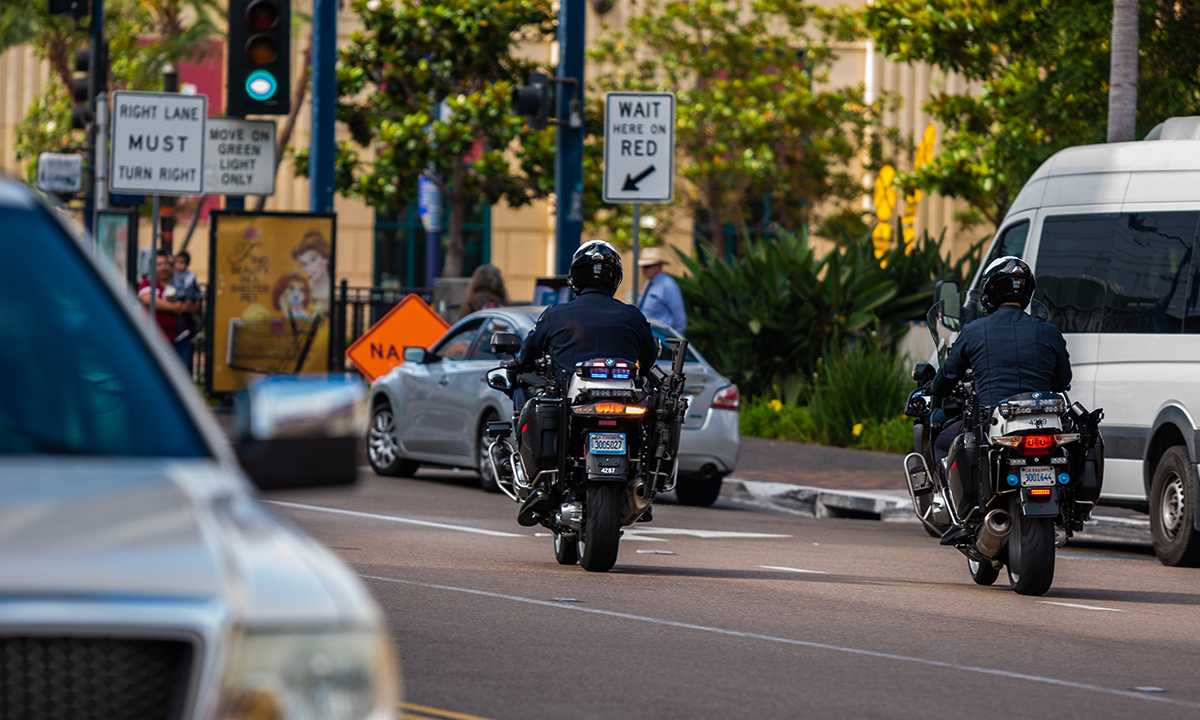Bias is that all too human factor that is ever inescapable from the presentation of news. Try as one may, the issues will always be shown in a certain light and what appears in print or screen will be colored as such. So long as such biases are kept to a certain level though, the issues that they pose are well within reason.
If however, one not only fails to control these biases but even actively pursues them with a malicious political aim, darker images can manifest in the public conscious. Images such as those that present the lawfully elected president of our nation as a fascist or that portray the liberal Hollywood elite as infallible abound. Perhaps the most enduring and unjust of these ideas cultivated by the media is that of the ruthless Police Officer gunning down innocents. Told by the deceitful mouths of those who host the evening news, officers are power hungry and violent individuals who pounce at the opportunity to kill.
It is with this perceived reality that Democrat Shirley Weber seeks to muzzle these allegedly trigger happy enforcers. The proposed bill would raise the standards by which law enforcement may use deadly force. As it stands now, deadly force is acceptable under what is perceived as ‘reasonable’ standards. Should this bill be passed, that standard would be raised to ‘necessary,’ legally ensuring that violence by an officer would truly be a last resort. At a glance, this seems to be a reasonable measure, particularly if the lens of the media is to be believed.
Of course, what the public is shown is not necessarily representative of the day to day reality. For one, it ignores the large numbers of officers who never so much as draw their weapons from their holsters. More importantly, it blatantly disregards the day to day reality and stresses that officers face while on patrol and heeds not the danger that can ambush them at any moment of their hours.
It is with these realities in mind that one can better understand the circumstances during which an officer resorts to deadly force. In such situations, tensions are already high and their very lives hang in the balance. In light of these things, one has to wonder where the line between ‘reasonable’ and ‘necessary’ use of force lies. Perhaps in the ivory towers that the advocates of this bill reside in, the comfort of their respective offices give ample time to make that distinction. This, however, is not a luxury afforded to officers.
For them, if a potential assailant is in close proximity and holding a weapon in an aggressive stance, would the criteria of ‘necessary’ not be filled so long as the man is nonetheless not actively lunging at them? Would a criminal have to be actively attacking before an officer can legally use deadly force? If these questions appear difficult, further imagine having to answer them in the span of moments while adrenaline is coursing through the body.
To be sure, there have been instances where excessive force was employed to tragic consequences and those rare examples are exploited without scruples by the dogs of the media. With the previously discussed perspective in mind though, it should be understood that in the majority of these cases of violence, the officer is left with the most difficult of choices coupled with the desire to survive the day.
Whether Shirley Weber’s bill will pass is something that remains to be seen but it is something that prospective supporters should consider carefully. Though the intentions behind it are certainly positive as few wish to see more headlines of non-threatening individuals having been killed, Weber would do well to take into account the realities facing law enforcement officers. The last thing they need is another dilemma mandated from on high for them to consider.
Photo by Josh Esh




